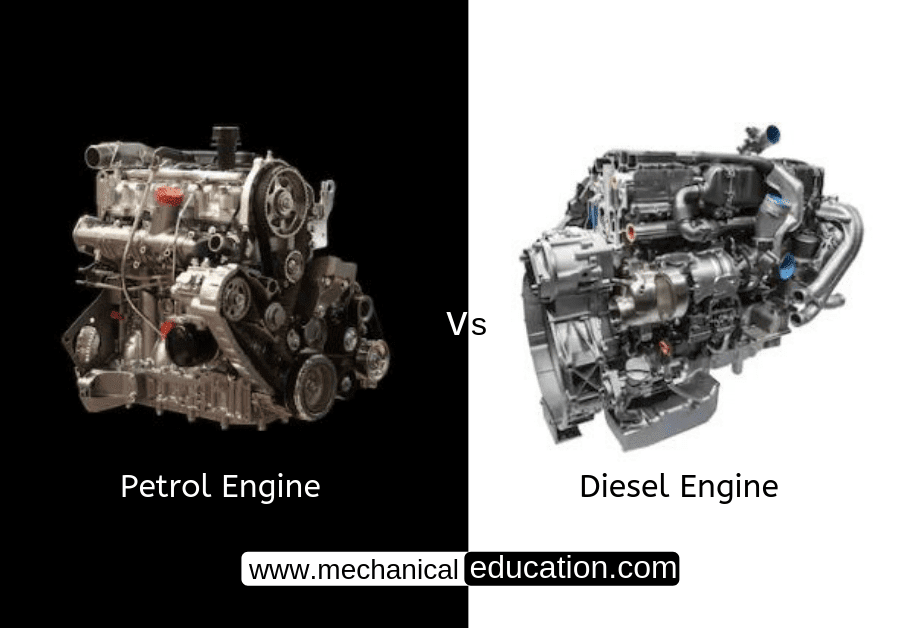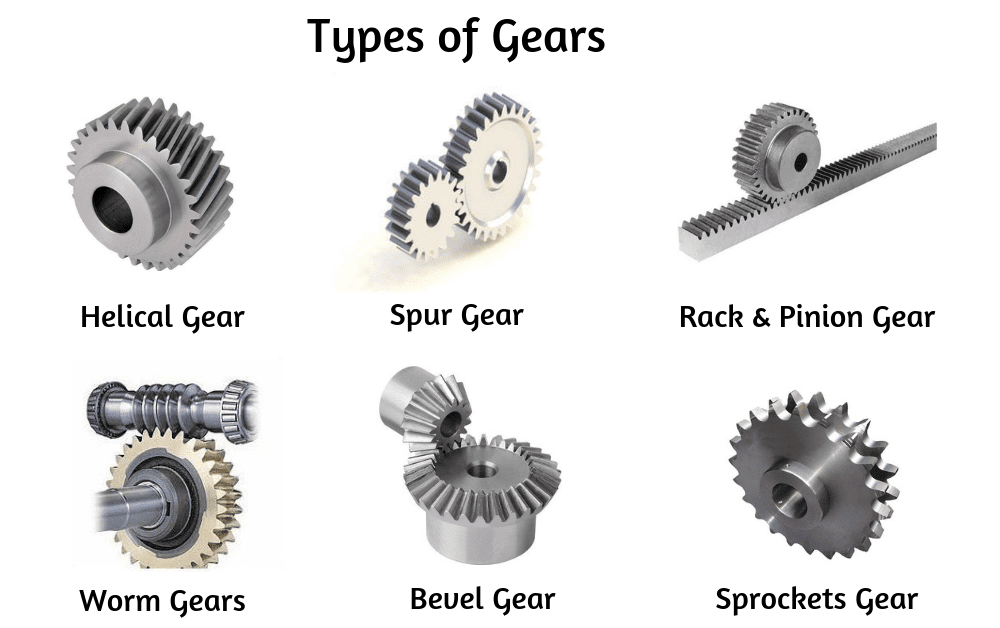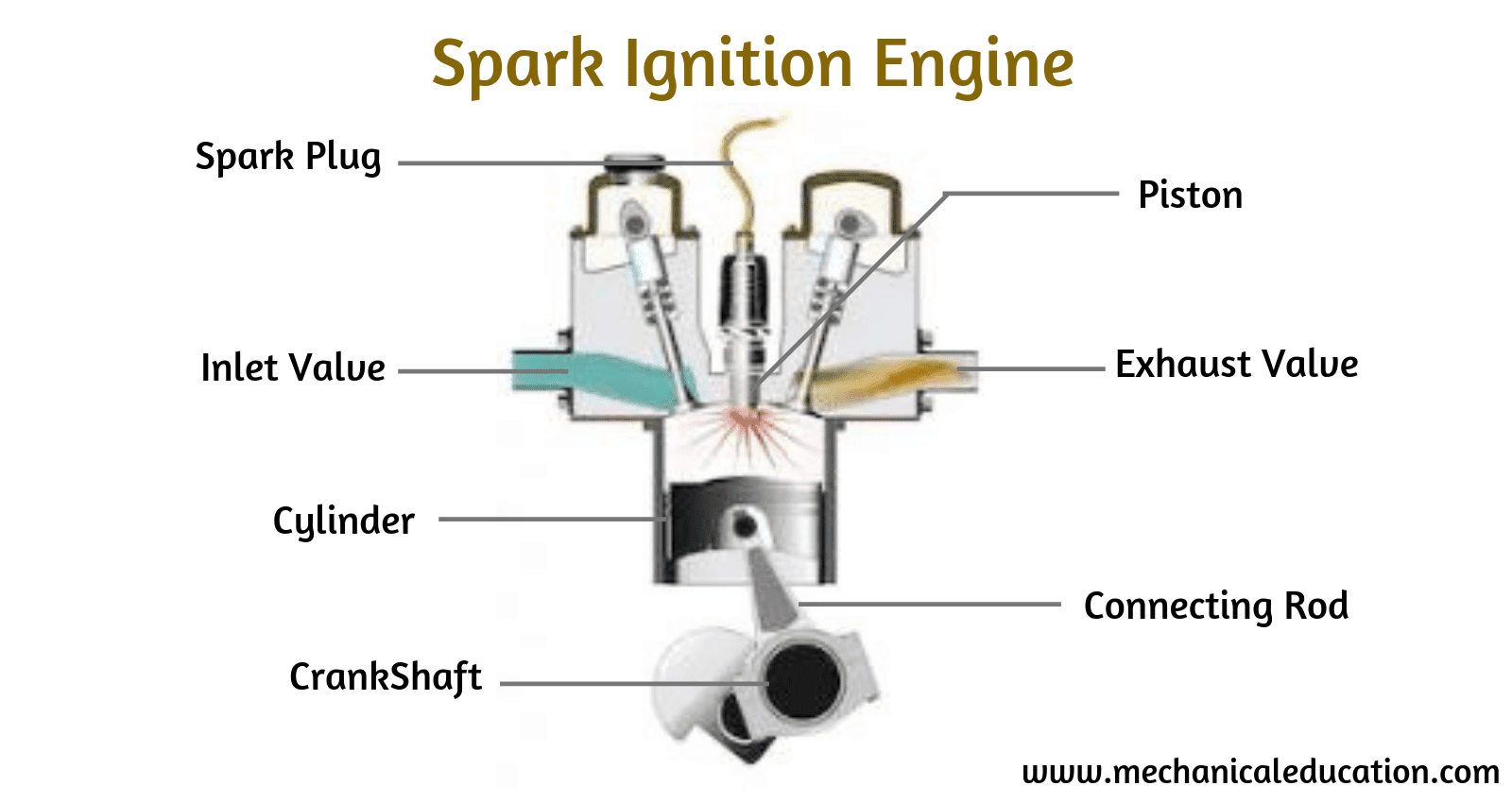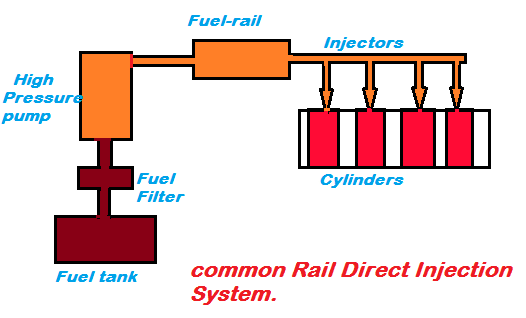Every car has a variety of switches that help it to run smoothly. Understanding how each type of switch works can be helpful for both maintenance and troubleshooting.
This article will provide an overview of the different car switches, their parts, and their functions.
Electrical Switches in a car?
Below are the different types of Electrical Switches in a car
- Battery
- Door switch
- Ignition switch
- Power window switch
- Steering column switch
- Frame switch
- Fan ditch
- Parts and functions of starter system
- Neutral Safety Switch
Battery Switch:
The battery switch is the central power source for your car. It supplies voltage to many other parts of your vehicle, including the ignition system, starter motor, alternator, fuel pump, and other accessories. The battery switch helps keep the current flowing in these systems by regulating power from the battery.
Door Switch:
A door switch is responsible for controlling the electrical supply to certain components when a door is opened or closed. For example, if you open your driver side door while the engine is running, the interior lights may come on to illuminate your way out of the car. This happens because a door switch has been triggered by a mechanical lever inside the door as it opens or closes.
Ignition Switch:
The ignition switch helps control several aspects of your car’s operation such as starting and stopping the engine, supplying power to various accessories like windows and headlights, and creating a connection between two terminals so that electricity can flow through them to turn over the engine when you start it up. It also serves as a security measure by disabling certain components until you insert the key into its slot.
Power Window Switch:
Power window switches allow you to control all four windows with one convenient control panel located near your dashboard or steering wheel. These switches are activated by pressing down on them in order to either open or close any one window at a time without having to manually operate each window individually.
Steering column switch
The steering column switch is an important part of a vehicle’s architecture. It consists of a handle, located in the center of the car’s cabin. The handle, when turned from side to side, allows the driver to regulate their speed and the direction which they travel in. This device is incredibly necessary for navigation, especially in crowded areas and roads where vehicular movement is restricted. Beyond its primary usage, most modern vehicles have upgraded this piece of technology with digital feedbacks in order to forecast any potentially dangerous situations while also amplifying safety features such as anti-lock brakes and lane departure warnings. In conclusion, the steering column switch has understandable become one of the most essential tools used by today’s motorists.
Frame Switch:
A frame switch monitors an area around your car for objects that are moving too close or getting too far away from it — like another vehicle or person coming too close — and sets off an alarm if something passes through that area without permission from you first (like unlocking your doors). This feature is especially useful if someone tries to break into your vehicle while it is parked in an unfamiliar place.
Fan Ditch:
Fan ditches are used in cars with air conditioning systems as part of their cooling process. They are responsible for monitoring temperatures and automatically turning on fans within air conditioning systems in order to maintain optimal temperatures within vehicles during hot days or times when you need extra cooling power (such as after driving up a steep hill).
Parts and functions of starter system:
The starter system consists of several important parts that work together to start up your car’s engine. These components include a starter motor which turns over crankshaft pulleys; an ignition coil which provides spark voltage; spark plugs which ignite fuel; fuel injectors which introduce fuel into combustion chamber; plus wires, hoses and more that make all these pieces work together properly so you can get moving!
Neutral Safety Switch:
Neutral safety switches are designed to prevent cars from unintentionally starting while still in gear (which could cause serious injury). If a transmission isn’t placed into neutral before attempting to start up a car’s engine then this device will not allow electricity from reaching certain parts such as starter motors or solenoids until those gears have been changed accordingly.
Conclusion:
Every car contains many types of electrical switches that serve different purposes within its overall operation process—from powering specific components when doors open/close all the way down to preventing unintentional starts while still in gear—all these pieces help ensure our vehicles stay safe during use no matter what situation we find ourselves in! Understanding how each type works can be very helpful both for maintaining cars correctly as well as troubleshooting any issues we may experience along our journeys with them!




